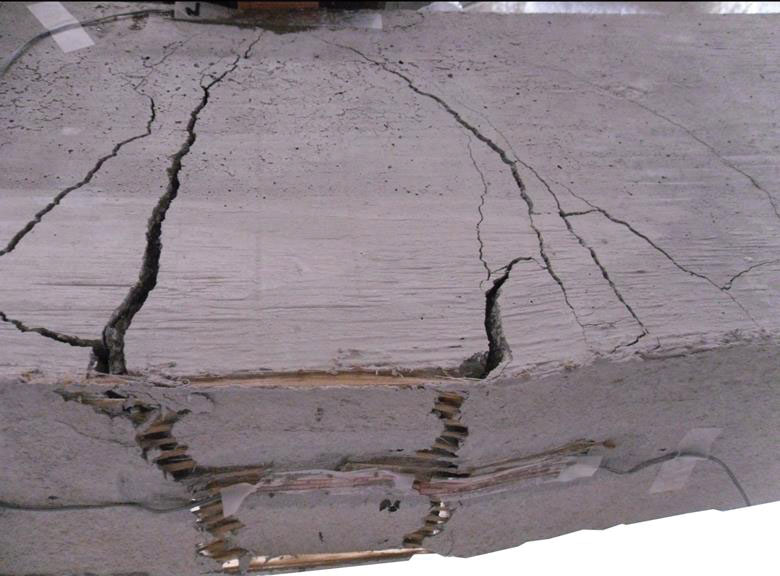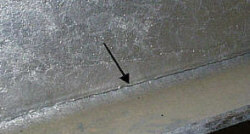
Obviously, the 16-sided polygon is closer or more accurate to approximate a circle than a square.

A biaxial solution with 16 angle steps is analogous to using a 16-sided polygon to approximate a circle or an ellipse. A uniaxial solution in the program is therefore analogous to using a square to approximate a circle or a rectangle to approximate an ellipse. The number of biaxial angle steps is analogous to the number of sides of a polygon used to approximate a circle or ellipse. This will give P-M x (+) at 0 degree angle, P-M x (-) at 180 degrees angle, P-M y (+) at 90 degree angle, P-M y (-) at 270 degrees angle. For uniaxial problems, biaxial angle steps should be set to 4. The adequacy of biaxial angle steps can be determined by smoothness of the M x -M y interaction diagram. A value of 16 ~ 32 is sufficiently accurate for most sections. For biaxial problems, steps must be multiples of 4. Biaxial angle steps affect the solution accuracy and speed.

Shear design in columns is based on the shear force envelope with the option to include or exclude axial force influence on concrete shear capacity.įor concrete design, compressive and tensile axial loads have positive and negative signs respectively. Slenderness effects are considered for both non-sway (braced) and sway (unbraced) frames. The capacity ratio is computed for each column based on capacity interaction surfaces and axial force-biaxial bending in each load combination. The program generates EXACT (not approximate or empirical) P-Mx-My interaction surfaces for all sections according to user-specified design criteria. The concrete column module designs concrete rectangular or circular columns against axial, uniaxial or biaxial bending as well as shear based on ACI 318-02/05/08/11/14 Code Provisions.


 0 kommentar(er)
0 kommentar(er)
